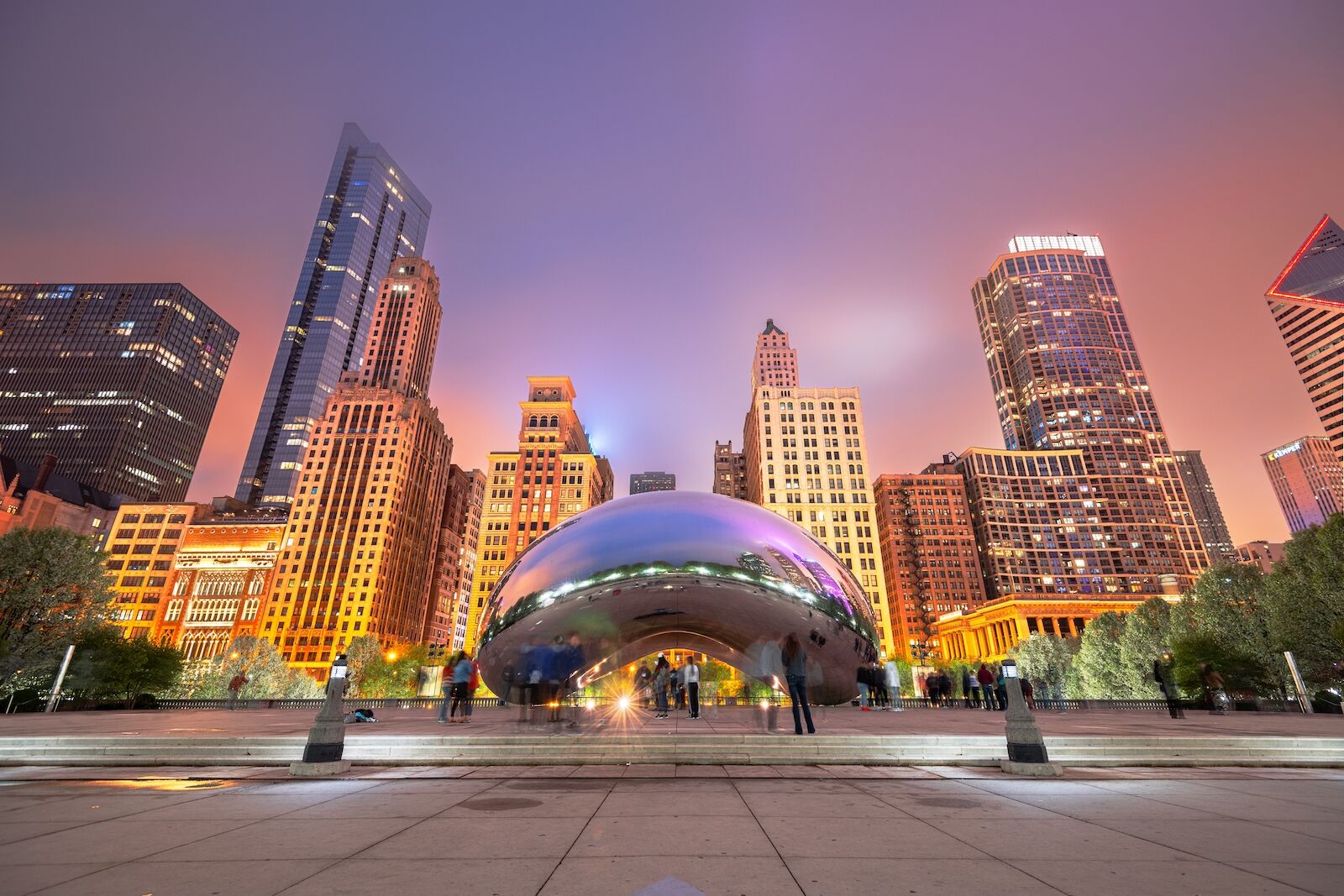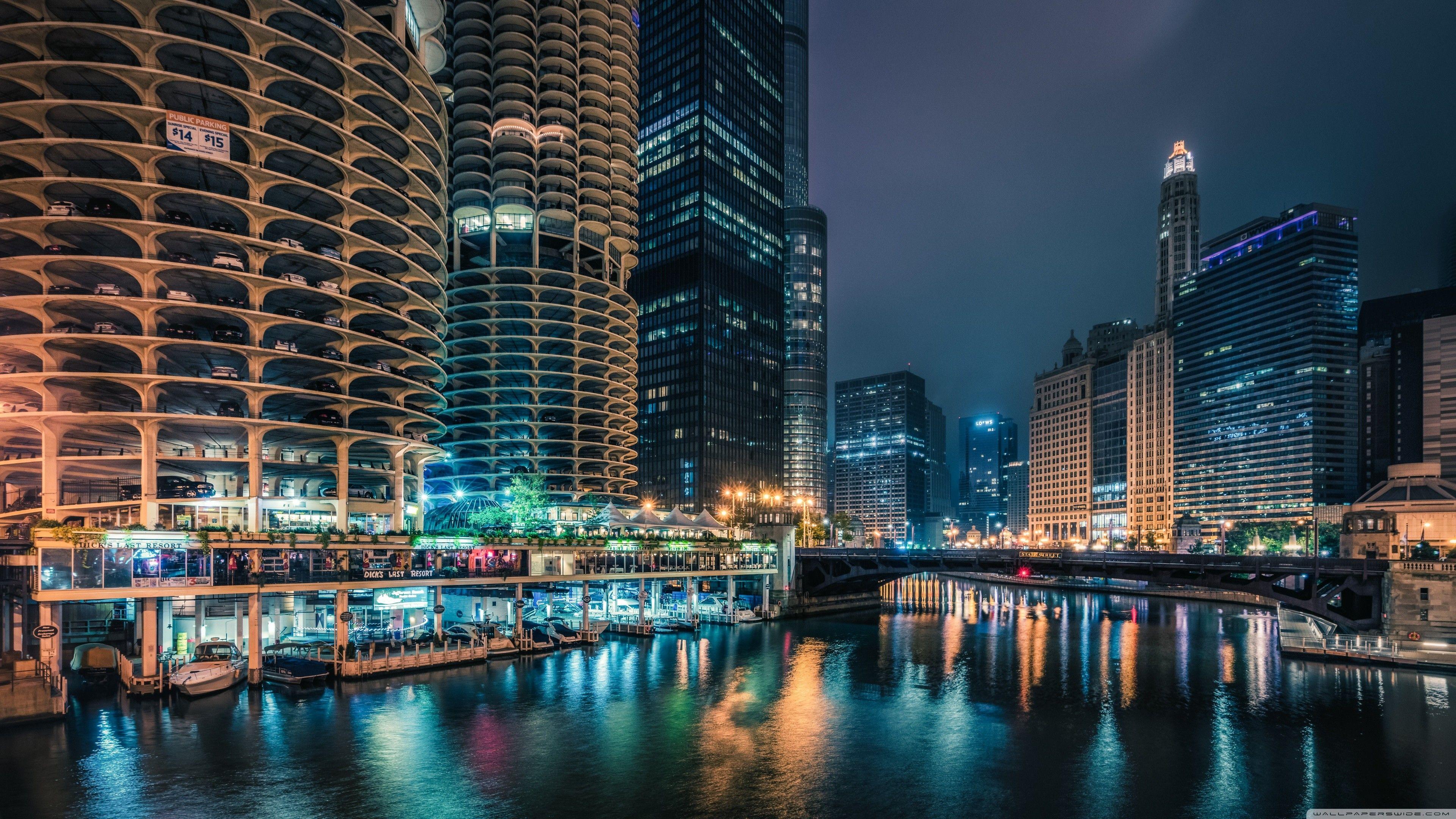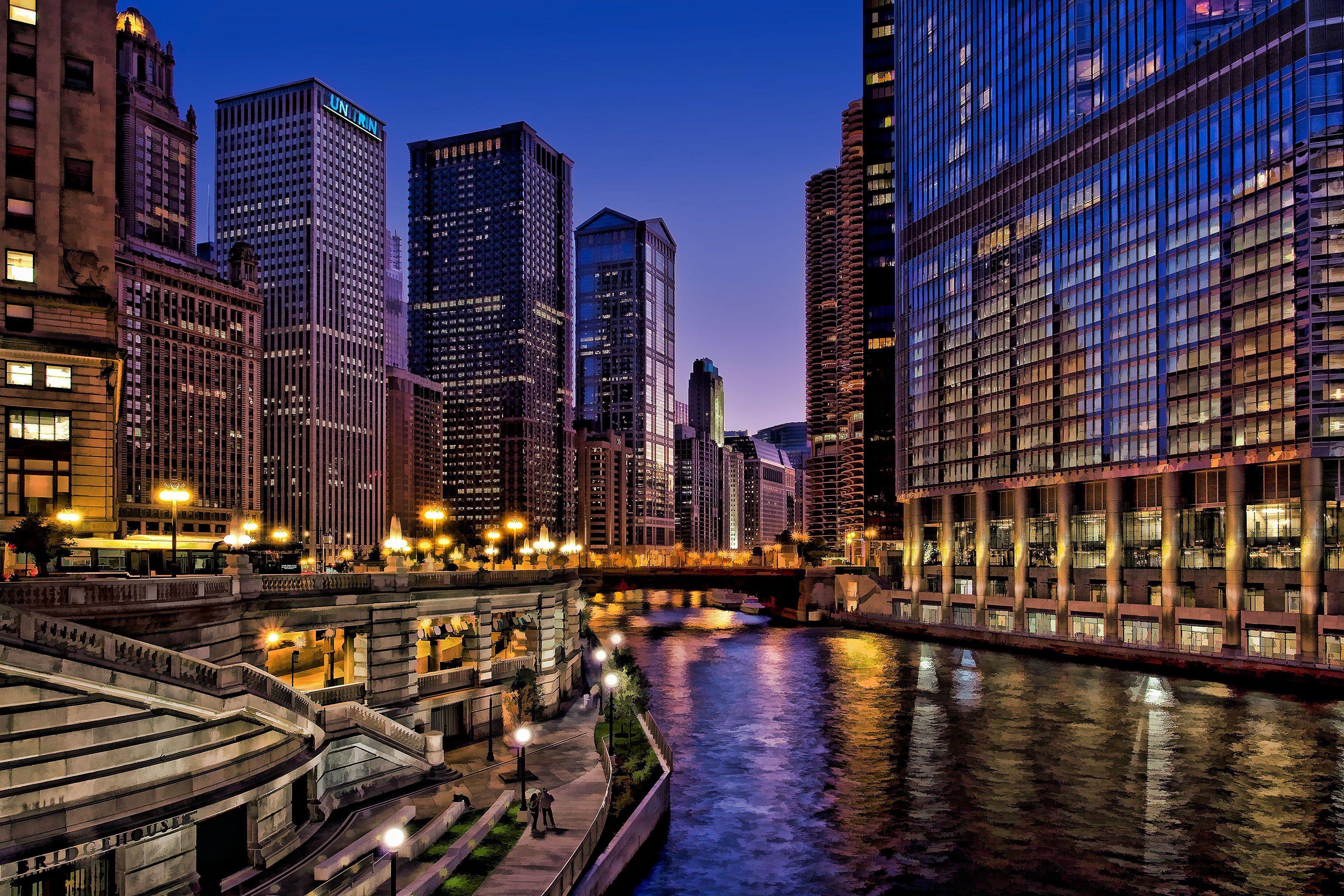Chicago's City Insights - The Everyday Revealed - Chicago Hoes Exposed
This piece will explore some intriguing aspects of Chicago's urban environment and its connections to other major cities, drawing insights from various observations. We'll be looking at how the city stacks up, its role in bigger corporate moves, and some surprising facts about its infrastructure. It's almost as if we're pulling back a curtain on what makes Chicago tick, especially when you think about its place in the bigger picture of city life and business.
You know, there's been quite a bit of talk about Chicago lately, particularly when it comes to its standing against places like Houston. We've heard whispers about major company decisions, how different parts of the country vie for important business centers, and even how daily life in Chicago might compare to what folks experience elsewhere. It's really interesting to see these city stories unfold, isn't it?
This discussion will also touch on the unique elements of Chicago's character, from its architecture scene to its transport systems, and even its recent population shifts. We'll consider these points to paint a picture of the city, giving you a fresh perspective on what's been happening there.
Table of Contents
- Chicago's Urban Identity - A Closer Look
- Is Chicago Really Like Manhattan Across the River? - chicago hoes exposed
- Corporate Shifts and City Rivalries
- What Drives Major Business Moves? - chicago hoes exposed
- Life on the Ground - Infrastructure and Daily Flow
- Are Chicago's Underground Systems Truly One of a Kind? - chicago hoes exposed
- The City's Changing Numbers
- How is Chicago's Population Shifting? - chicago hoes exposed
Chicago's Urban Identity - A Closer Look
Chicago, a sprawling city by the lake, often gets compared to other large urban areas. Sometimes, people imagine it in a certain way, like being just across a body of water from a place like Manhattan. This idea, apparently, helps some folks picture its feel or its place in the grand scheme of things. It's a way of giving a city a certain personality, so to speak. Every city, you know, has its own special vibe, and Chicago is no different in that regard.
Some people, it seems, have never really connected with Chicago. That's just how it goes with cities, isn't it? What one person finds appealing, another might not quite take to. It's really about personal taste and what you look for in an urban setting. There's no right or wrong answer when it comes to how a city makes you feel, or so it seems. Different strokes for different folks, as they say.
There's also a bit of head-scratching when it comes to where certain operations are based. For instance, some folks wonder why an editor might be in Chicago while a lot of the team lives in Houston or its surrounding areas. This kind of setup, you see, can bring up questions about how teams work together when they're spread out. It's a common thought when you consider how many people deal with daily travel in big city areas, so.
Is Chicago Really Like Manhattan Across the River? - chicago hoes exposed
The idea of Chicago being like Manhattan, just across a river, brings up an interesting thought experiment. Manhattan, with its towering structures and fast pace, has a very distinct feel. If Chicago were to mirror that, what would it mean for its own character? Would it be about the density of buildings, the speed of daily life, or perhaps the sheer number of people moving about? It’s a bit of a fun thing to ponder, isn't it, thinking about how cities could swap characteristics or share them?
This comparison also makes you consider how different cities hold their own unique charm. Chicago, for one, has its own architectural marvels and a distinct cultural flavor that sets it apart. It’s not just a copy of another place, but rather a city with its own story to tell. So, while the thought of it being a mirror to Manhattan is interesting, Chicago, in a way, stands on its own two feet, with its own special qualities that draw people in.
When we talk about urban identities, we're really talking about the sum of many parts: the buildings, the people, the daily rhythms, and even the way it feels to walk its streets. The idea that Chicago could be like Manhattan, in some respects, speaks to a desire to categorize or understand cities by comparing them to well-known examples. But, honestly, each city has its own heartbeat, its own pulse, that makes it special and distinct from any other place, don't you think?
Corporate Shifts and City Rivalries
Big companies often make big decisions about where to put their offices, and these choices can have a pretty significant impact on cities. We heard, for instance, that a company like BP made a choice about some of its chemical divisions. This kind of news really gets people talking, especially when two major cities are in the running to become the new home for a corporate center. It shows how much cities compete for these kinds of opportunities, you know?
When a company is looking for a new spot, there are many things they think about. They might look at whether there are enough skilled people to hire, how easy it is to get around, or what it costs to do business there. These factors, basically, play a huge role in where a company decides to set up shop. It’s a very involved process, and the stakes are quite high for the cities involved, as a matter of fact.
The competition between cities for these corporate headquarters can be pretty intense. Each city tries to show why it's the best choice, highlighting its strengths and what it can offer. It's not just about jobs; it's about prestige, about being seen as a vital business hub. So, when Houston and Chicago were vying for those BP divisions, it was a big deal for both places, really, showing their ongoing efforts to attract major employers.
What Drives Major Business Moves? - chicago hoes exposed
What makes a big company pick one city over another for a major office or headquarters? It's a question that gets asked a lot, and there are many answers. Sometimes, it's about finding the right people with the right skills. A city with a strong university system or a pool of experienced workers can be a real draw. That's one thing that, quite often, weighs heavily on their minds.
Other times, it comes down to the cost of doing business. Things like office rent, taxes, and even the general cost of living for employees can play a part. A city that offers a good value might seem more appealing in the long run. There's also the matter of how easy it is to get things done, like getting permits or dealing with local rules. All these little pieces, you know, add up to a bigger picture for a company.
The quality of life in a city also matters a great deal. Companies want their employees to be happy and to have good schools, parks, and cultural activities nearby. A city that offers a nice place to live can attract and keep talented workers. So, when you hear about big business moves, it’s not just about numbers; it’s about creating a good environment for everyone involved, basically.
Life on the Ground - Infrastructure and Daily Flow
When you talk about cities, you're always talking about how people get around and what's built beneath their feet. There's a lot of talk about traffic, especially in places like Houston and its suburbs, where daily commutes can take a long time. This kind of congestion, you know, is a common experience in many big cities, and it shapes how people live their lives, often dictating their daily schedules.
Beyond the roads, cities also have hidden layers. For example, some folks seem to think Houston is the only place with a large underground pedestrian system. But that's just not the case, apparently. Many cities, including Chicago, have similar setups, designed to help people move around, especially during bad weather or when they want to avoid street-level crowds. It's interesting how these myths start, isn't it?
These underground pathways are a big part of urban infrastructure. They offer a way to connect buildings, shops, and transport hubs, making it easier for people to navigate busy downtown areas. They’re a pretty clever solution to some of the challenges of city living, providing a sheltered and often quicker route for folks on foot. So, when you hear about them, remember they’re not just a feature of one city, but something you can find in various places, too.
Are Chicago's Underground Systems Truly One of a Kind? - chicago hoes exposed
The idea that Chicago's underground pedestrian systems might be unique is a thought that sometimes pops up. However, the truth is, many large cities around the globe have developed similar networks. These systems, whether they're tunnels connecting buildings or concourses beneath busy streets, serve a similar purpose: to make it easier for people to walk from one place to another, especially in areas with lots of foot traffic. It’s almost like a secret world beneath the surface, you know?
Chicago, like other major urban centers, has its own version of these subterranean pathways. They help people avoid the hustle and bustle of street level, offering a more direct and often climate-controlled route. Think about how helpful that can be during a cold winter day or a scorching summer afternoon. They're a practical solution for urban movement, really, making daily life a bit smoother for many.
So, while Chicago's underground paths are certainly an important part of its urban design, they aren't, in fact, entirely unique. They represent a common approach to managing pedestrian flow in densely populated areas. It just goes to show that cities, while having their own special touches, often share similar answers to common challenges. That’s just how urban planning works, in some respects, learning from each other's experiences.
The City's Changing Numbers
Cities are always changing, and one of the clearest ways to see this is through their population numbers. The Census Bureau, which keeps track of these things, reported that Chicago experienced a rebound in its growth. This kind of news is always interesting, as it tells us something about the city's health and its appeal to people looking for a place to live. It's a very important piece of information, showing where things are headed.
This growth isn't just a random happening; it's often a sign of various factors at play. Maybe there are more job opportunities, or the quality of life has improved, or perhaps people are simply drawn to the city's vibe. Whatever the reasons, a boost in population suggests that Chicago is attracting new residents, which is generally seen as a good sign for an urban area. So, it's quite a positive development, you know, for the city's future.
It was also noted that this growth in Chicago was around the same as the number of people a certain governor had moved to other places. This comparison, basically, adds another layer to the discussion about population shifts. It highlights how population changes can be influenced by both natural trends and deliberate actions, showing the complex interplay of demographics and policy. It’s a very interesting point to consider when looking at city populations.
How is Chicago's Population Shifting? - chicago hoes exposed
The way a city's population changes tells a big story about its health and future. Chicago's recent growth, as reported by the Census Bureau, suggests a positive trend. This means more people are choosing to call Chicago home, which can bring new energy, new ideas, and a stronger local economy. It's a pretty good sign, you know, for the city's overall well-being.
When we look at why populations shift, it’s rarely just one thing. It could be that new businesses are opening up, bringing jobs with them. Or maybe the city has become more appealing in terms of its neighborhoods, schools, or cultural offerings. These factors, you see, often work together to draw people in, making a city a desirable place to settle down. It's a very dynamic process, with many elements at play.
The comparison of Chicago's growth



Detail Author:
- Name : Ms. Hallie Paucek II
- Username : ywelch
- Email : iernser@bogan.info
- Birthdate : 1979-03-02
- Address : 823 Prince Underpass West Frederique, PA 06152
- Phone : 1-419-539-5596
- Company : Shanahan and Sons
- Job : Sys Admin
- Bio : Vitae dolor sint voluptatem qui. Dolorem in consequuntur architecto sit et quaerat. Voluptatem est non excepturi et ut sit. Porro aspernatur sit voluptas asperiores quasi dolorem illum.
Socials
twitter:
- url : https://twitter.com/susiebernier
- username : susiebernier
- bio : Quidem rerum necessitatibus quod alias id et inventore. Et voluptates et nobis expedita vitae et cumque et.
- followers : 3794
- following : 2991
instagram:
- url : https://instagram.com/sbernier
- username : sbernier
- bio : Quis ut ut quia a magnam cumque. Dolore sequi id cupiditate unde omnis ipsum.
- followers : 209
- following : 2259
tiktok:
- url : https://tiktok.com/@susie5384
- username : susie5384
- bio : Exercitationem impedit occaecati tempora sed voluptatibus eius dolor.
- followers : 3090
- following : 2480
linkedin:
- url : https://linkedin.com/in/sbernier
- username : sbernier
- bio : Non eius iusto voluptas autem sint aut aut.
- followers : 2756
- following : 2406
facebook:
- url : https://facebook.com/sbernier
- username : sbernier
- bio : Eum eaque natus aperiam magnam sit magnam laborum harum.
- followers : 751
- following : 2849